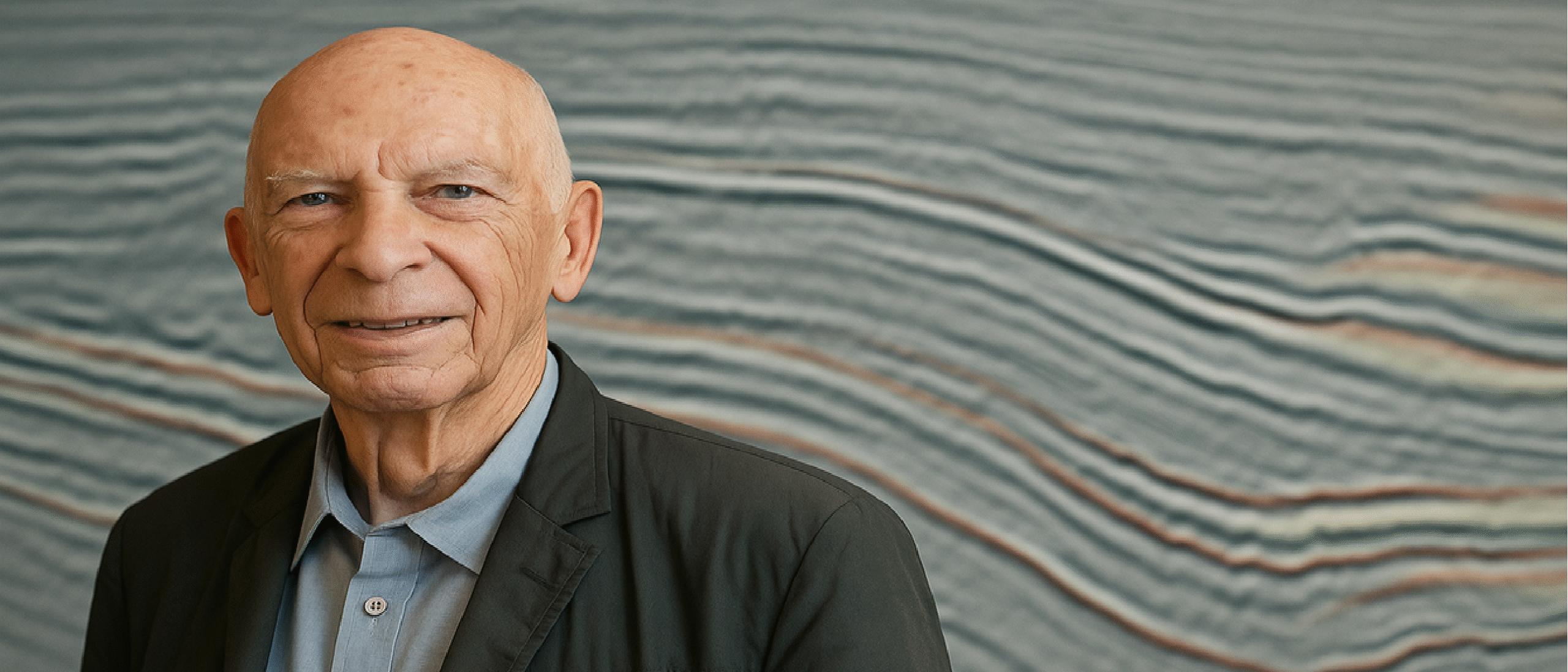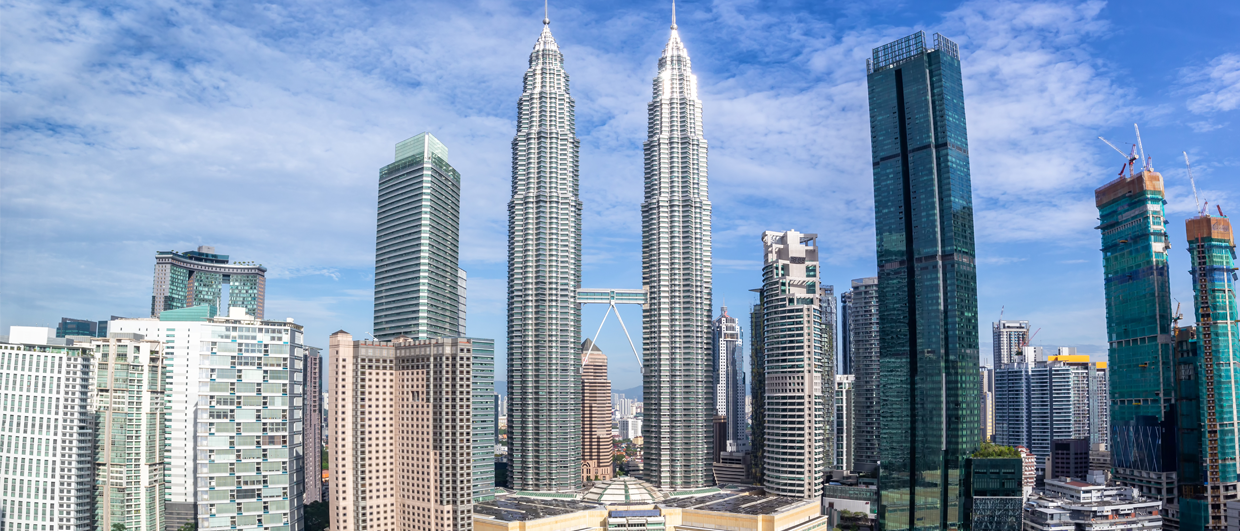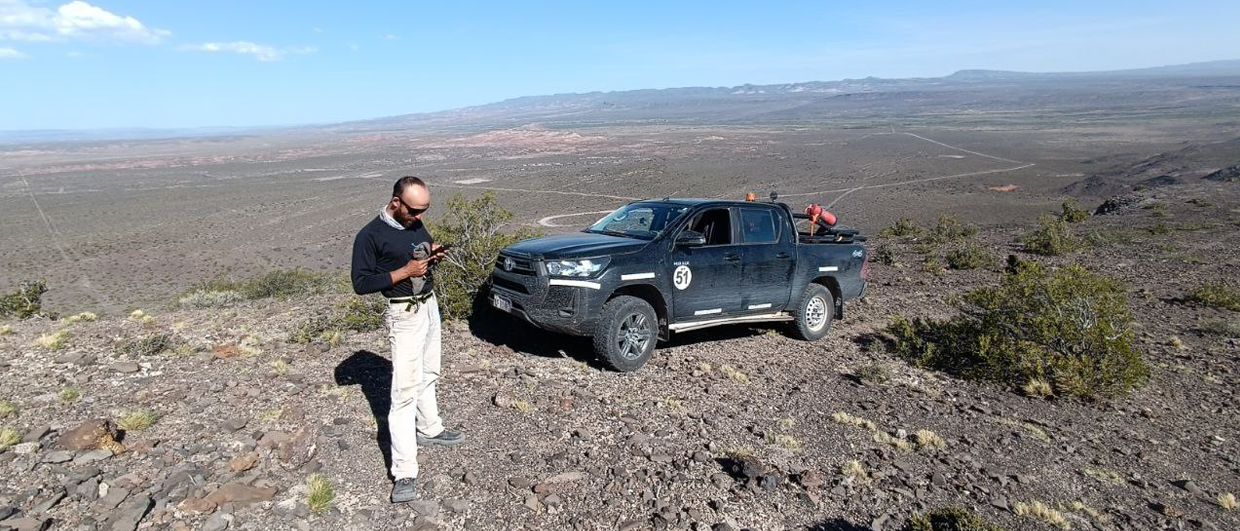Full Tensor Gravity GradiometryTM (FTG) has entered a new era with multiclient acquisitions.
Bell’s proposed Sri Lanka FTG survey. © Bell Geospace.
Full Tensor Gravity GradiometryTM (FTG) has entered a new era with multiclient acquisitions. Bell Geospace’s Pan-Malaysia Multiclient Air-FTG and Air Mag surveys form the largest FTG multiclient data library in the world, covering 370,000 km2 of onshore, offshore and transition zone areas, including all of the Malaysian 2020 bidding round acreage. Bell’s industry-leading full tensor gravity gradiometry data, with its cutting-edge interpretation technology exploiting all the tensor components, enables the interpretation of geology across large areas of Malaysia for a fraction of the cost of seismic data. Air-FTG and magnetic data can help unlock the geology of Malaysia and minimise exploration risks.
In 2020, Bell Geospace will further increase its multiclient coverage in Asia, having signed a service agreement with the Petroleum Resources Development Secretariat of Sri Lanka for gravity, Air-FTG and magnetics acquisition on a multiclient basis. The initial phase of the project will focus on the offshore Mannar and Cauvery Basins and boost exploration over the 2019 bidding rounds blocks C1, M1 and M2. This data will help revisit existing seismic data and shed new light on the basins’ structure and basement geometry, as well as provide an invaluable tool to plan any future seismic surveys.
Further Reading on Gravity Gradiometry
New Perspectives on the Barents Sea
Dr. Stephen Rippington and Chris Anderson, ARKeX Ltd.
The recent opening of the south-east Barents Sea to oil and gas exploration has provided an opportunity to deploy the latest technologies such as full tensor gravity gradiometry to improve efficiency and reduce time to first oil.
This article appeared in Vol. 12, No. 1 – 2015
Looking Beyond Just Seismic! Gravity Gradiometry and Its Application in Complex
Phill Houghton, ARKeX
Using the right tools for the right job is an old adage that rings true for many a situation. And using the right geophysical technology in the right environment has never been more important than when exploring complex geological settings.
This article appeared in Vol. 8, No. 1 – 2011





